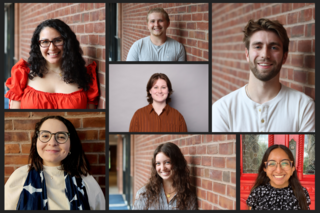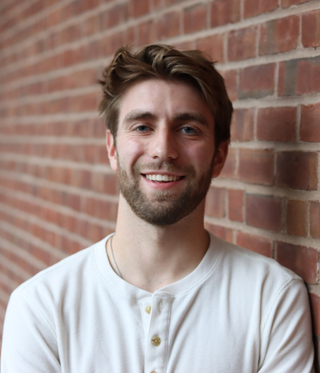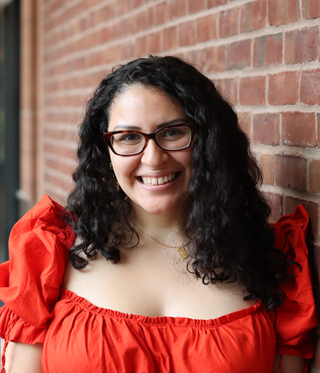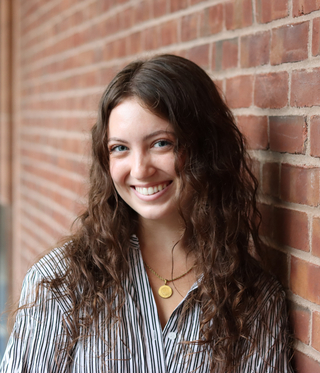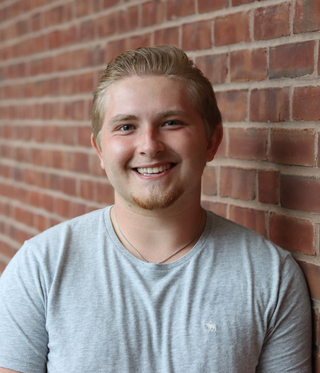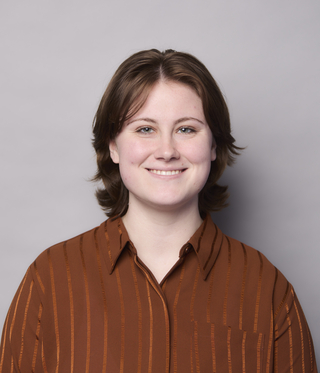The National Science Foundation (NSF) has selected seven Yale Chemistry students for its prestigious Graduate Research Fellowship Program.
Graduate students Ryan Anderson, Zach Boyer, Georgina Dabdoub, Maria Guerrero, Halle Marvich, Aurora Miranda, and undergraduate student Dalaney Westbroek were chosen for the five-year fellowship because their research is on the path to making significant advancements.
As NSF Fellows, they will receive three years of financial support, including an annual stipend of $37,000.
Learn more about the fellows’ research below.
